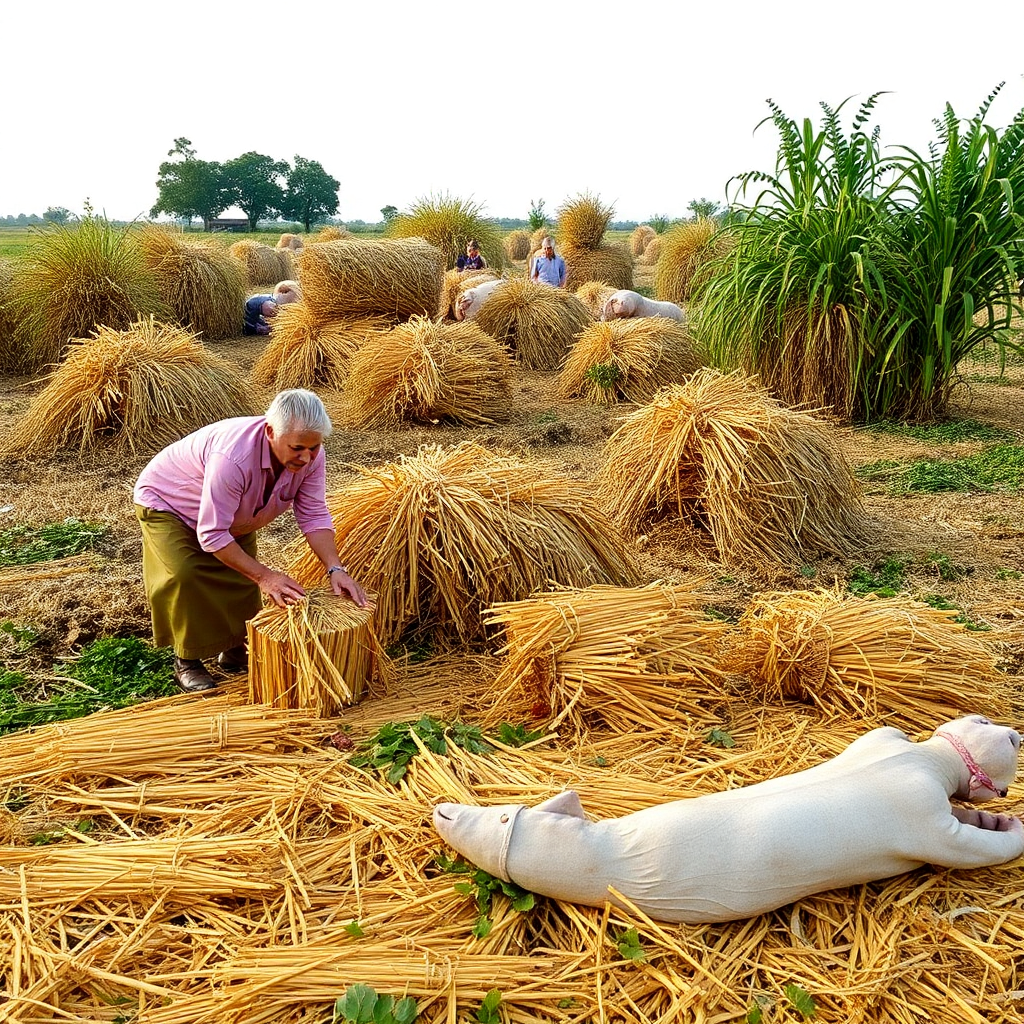What does Lammas day celebrate?
The themes of Lammas Day extend beyond agriculture. It represents gratitude for abundance, renewal, and community bonds. The celebration encourages people to reflect on their relationship with nature and the importance of sustainable practices in food production.
Lammas Day, observed on August 1st, is a rich and vibrant harvest festival that has its roots in both pagan and Christian traditions. Celebrated predominantly in the British Isles, this day marks the beginning of the harvest season and is a time to give thanks for the first fruits of the fields. The name "Lammas" is derived from Old English, meaning "loaf mass," which highlights its agricultural origins tied to the baking of bread from the new grain.
Origins and Historical Significance
The origins of Lammas Day can be traced back to ancient agricultural rituals and practices. In pagan times, this day was a celebration of the wheat harvest, where communities would gather to give thanks for the bounty of the earth. With the arrival of Christianity, Lammas was adapted into a church festival. It became a day for congregations to bring loaves of bread made from the newly harvested grain to the church, where they would be blessed. This ritual not only marked the gratitude for a successful harvest but also symbolized the sharing of God's blessings with the community.

Traditional Celebrations
Traditionally, Lammas involved various customs that celebrated the agricultural heart of the community. Farmers would often be seen bringing their crops to the church, and the loaves baked from the new wheat were a central focus of the day. In addition to religious observances, Lammas was a social occasion that brought together neighbors and families. Feasting on freshly baked bread, drinking ale, and sharing seasonal produce were all part of the celebrations. Families would host gatherings that emphasized the community's interdependence and the significance of the harvest in rural life.
Modern Observances
In contemporary times, Lammas Day is still observed in some parts of the world, maintaining its agricultural roots while incorporating modern interpretations. Many people celebrate by baking their own bread, focusing on local and organic farming, and participating in farmer's markets. This modern approach emphasizes sustainability and appreciating where food comes from, resonating with the original spirit of Lammas. Communities often hold festivals that feature local crafts, music, and games, fostering a sense of connection among participants.
Symbolism and Themes
The themes of Lammas Day extend beyond agriculture. It represents gratitude for abundance, renewal, and community bonds. The celebration encourages people to reflect on their relationship with nature and the importance of sustainable practices in food production. In a world increasingly dominated by industrial agriculture, Lammas serves as a reminder of the significance of local farming, the value of fresh produce, and the joy of shared meals. The symbolism of bread, a staple food across cultures, underscores its universal significance in human survival and community building.
Conclusion
Lammas Day is more than just a historical celebration; it is a testament to the enduring connection between people, nature, and food. In a fast-paced world, returning to the roots of this festival allows us to reflect on our gratitude for the earth's gifts and the importance of community. Whether through a traditional church service, a family gathering, or a modern farm-to-table experience, Lammas invites us to pause, celebrate, and appreciate the bounty that sustains us. As we honor this day, we honor the age-old traditions that have fed and united generations before us.